Do you get energy from tomatoes?
Advertisement
Lycopene, a carotenoid plant pigment that gives tomatoes their distinctive red colour, is abundant in tomatoes. This antioxidant is also effective at lowering inflammation and preventing cancer.
Most cookbooks refer to tomatoes as vegetables, even though they are technically fruits, because they are developed from the ovaries of a flower and contain seeds. They are rich in vitamins and minerals and low in calories.
They have a lot of lycopene.
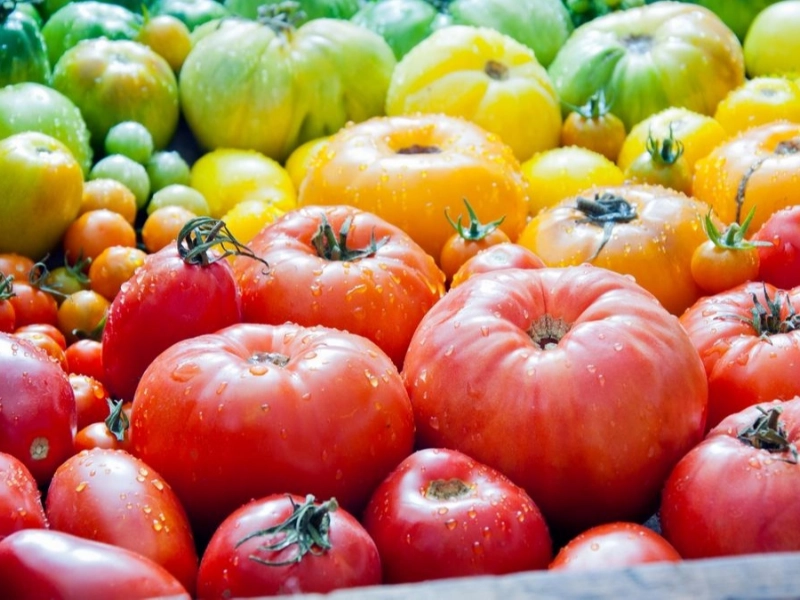
Lycopene, an antioxidant that promotes a healthy, physically active lifestyle and helps prevent chronic diseases, is abundant in tomatoes. They include essential minerals like potassium and vitamin C and are low in calories. Tomatoes impart the lycopene our bodies require to maintain good health, regardless of whether they are consumed raw, cooked, or processed into sauces and tomato juice.
Lycopene not only combats free radicals but also works wonders for treating periodontitis, gingivitis, and gum disease. It may even help prevent oral cancer. However, because raw tomatoes contain a lot of acid, eating them frequently could harm the enamel on your teeth. After consuming tomatoes, make sure to wait at least thirty minutes before brushing.
Good sources of this antioxidant include tomatoes and other lycopene-rich foods, including watermelon, papaya, and red oranges. In the United States, the main food source of lycopene is tomatoes. They also include several additional vitamins and minerals that are good for your health.
They contain a lot of vitamin C.
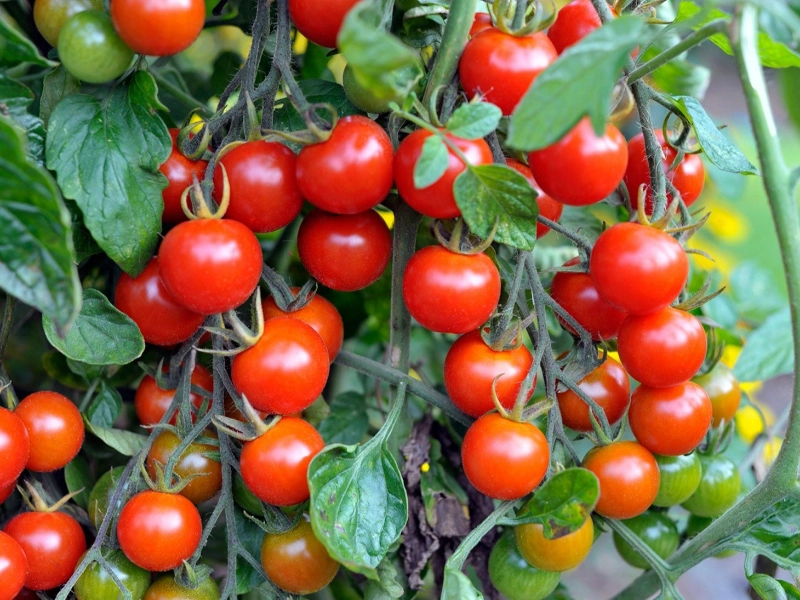
Vitamin C, an antioxidant that shields the body from inflammation, is abundant in tomatoes. Additionally, lycopene, which lowers the risk of heart disease, is present in them. In addition, they have a lot of potassium and can decrease blood pressure. They are delicious, both fresh and cooked, and a great substitute for salty nibbles. They go well with pasta sauces, salads, and chilli. They also make a great snack when paired with olive tapenade or hummus.
Folate, which is necessary for cell growth and repair, is abundant in them. Moreover, folic acid aids in the formation of ATP, which the body needs as fuel. Twenty-three percent of the daily required amount of folic acid is found in one cup of tomatoes.
Numerous healthy minerals, such as potassium, lycopene, and vitamins C and A, are found in tomatoes. The antioxidant lycopene lowers dangerous free radical levels in the body and may shield against cancer and heart disease. Lutein and zeaxanthin, two antioxidants that can help stave off respiratory conditions like emphysema, are also abundant in tomatoes.
They contain a lot of potassium.

Tomatoes are low in calories and high in potassium, vitamin C, folic acid, fibre, and many health-promoting forms of carotenoids. Additionally, they contain a lot of lycopene, an antioxidant that guards against free radicals, which harm cells and can result in conditions like cancer and heart disease.
Foods high in tomatoes are a great way to get dietary fibre, which lowers blood sugar. They are also a good source of potassium, which is necessary to maintain balanced electrolyte levels and healthy blood pressure. Another excellent source of calcium, which is necessary for strong bones, is tomatoes. It's critical to consume meals high in calcium since the body continuously takes trace amounts of the mineral from the bones for use in other processes.
Have a simple salad or a glass of tomato-apple juice, or prepare a creamy tomato-onion raita using fresh tomatoes and masoor dal. A wonderful addition to soups and chilies, kidney beans are yet another excellent source of potassium. The amount of 1400 mg found in a cup of cooked kidney beans is reasonable for a nutritious snack.
They have a lot of fibre.
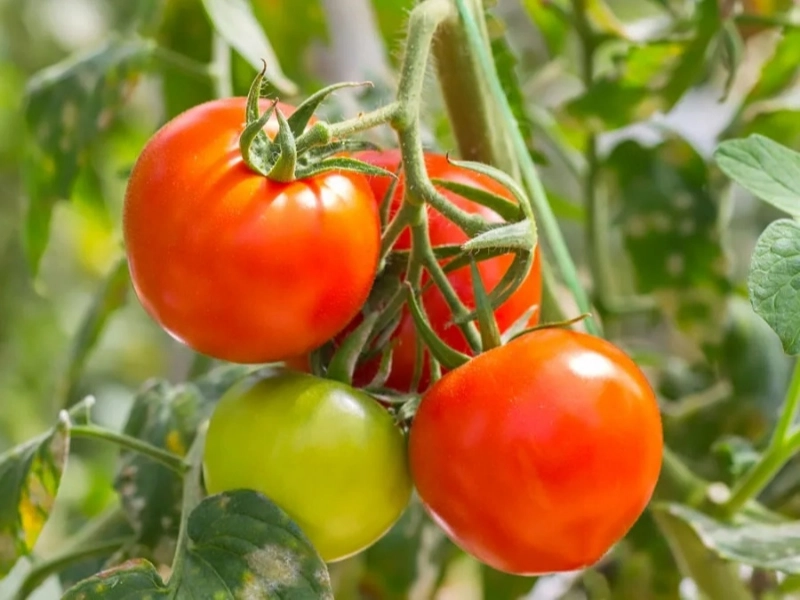
Among the most adaptable vegetables, tomatoes work well in both a hearty pizza sauce and a June salad. They also include a lot of lycopene, a potent antioxidant that has been demonstrated to lower cholesterol, fight cancer, and safeguard the heart.
In addition to other nutrients like vitamin C, folate, potassium, and phytochemicals, tomatoes include 1.5 g of fibre per medium tomato. Tomato skin contains the flavonoids quercetin and kaempferol, which have been connected to a decreased risk of cancer and inflammation.
Tomatoes provide a good amount of carbohydrates (4 grammes per medium tomato) and few calories. They are a fantastic complement to any diet. Research indicates that eating a diet rich in fibre may aid in weight loss. Soluble fibre, which helps slow down food's passage through the digestive tract and avoid constipation, is abundant in tomatoes. They are an excellent source of vitamin A, which is necessary for healthy growth and development and enhances the health of the eyes. They also include calcium and vitamin K1, which support healthy bones.
Advertisement
Recommended Reading:
Are Peaches Good For Wrinkles? →
Stay Updated
Actionable growth insights, once a week. No fluff, no spam—unsubscribe anytime.
Advertisement
You May Like
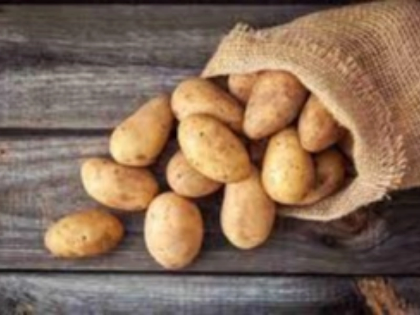
Do potatoes help with joint pain?
06/25/2025

Are Peaches Good Or Bad For the Liver?
06/15/2025

What Not to Do With Hamster
06/09/2025

Are Peaches a Superfood?
07/10/2025

Do Bananas and Peaches Have More Sugar Than Bananas?
07/30/2025
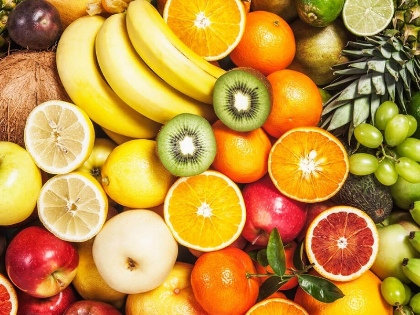
Which Fruit is Highest in Sugar?
08/28/2025
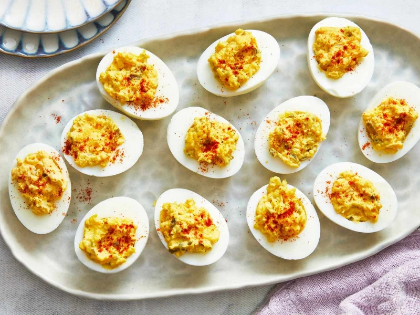
Do boiled eggs have health benefits?
07/26/2025
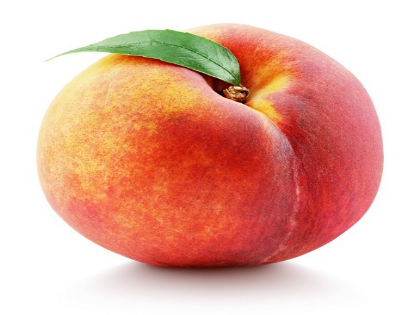
Are Peaches Good For Wrinkles?
06/09/2025

Does eating tomatoes help your colon?
07/31/2025
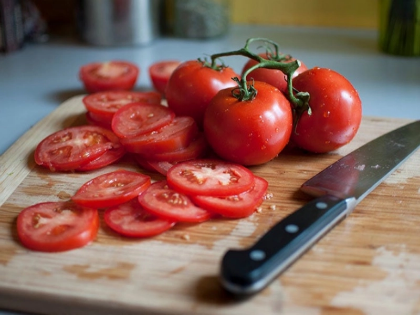
Can tomatoes boost your metabolism?
07/12/2025
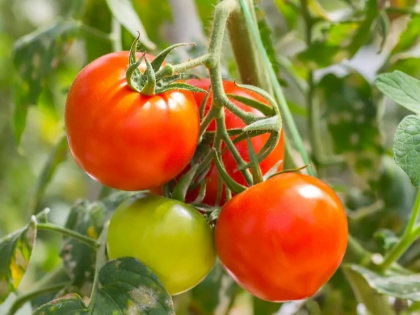
Do you get energy from tomatoes?
06/09/2025

How Do I Know My Hamster is Happy?
06/28/2025

Are Tomatoes Good For Your Liver?
08/07/2025
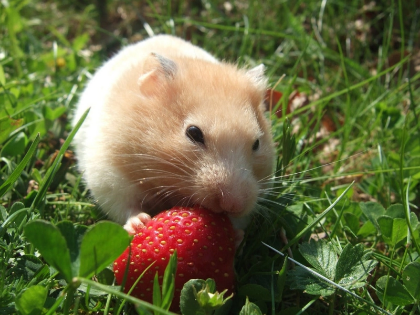
Hamsters Can Be Noisy at Night, But There Are Ways to Minimize the Racket
07/13/2025

Is keeping a hamster in your bedroom safe?
08/29/2025
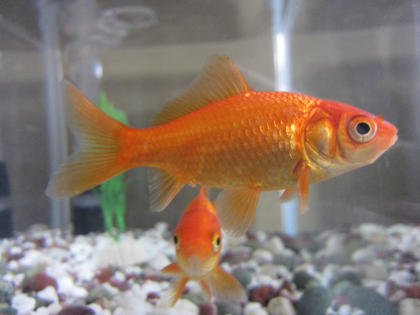
Can Goldfish Live in Tap Water?
06/13/2025

Which Part of a Tomato is Best For You?
09/04/2025

Which Fruit is Lowest in Sugar?
07/19/2025

Is Tomato OK For Diabetes?
06/12/2025

The Benefits of Tomatoes for Men
08/12/2025

Which Fruit Has No Sugar?
07/18/2025
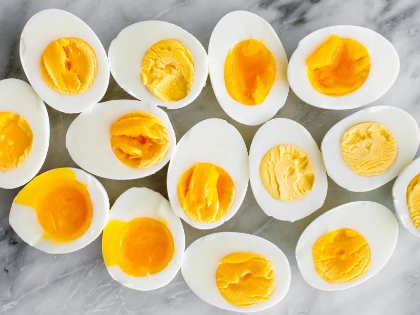
Is 2 Eggs a Day Too Much Cholesterol?
07/14/2025
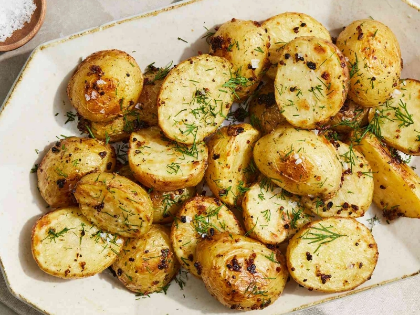
Are Potatoes Bad For Cholesterol?
06/23/2025

Do peaches prevent ageing?
06/10/2025
Comments
LunarGlyph · 06/12/2025
Promotes reversible exploration.